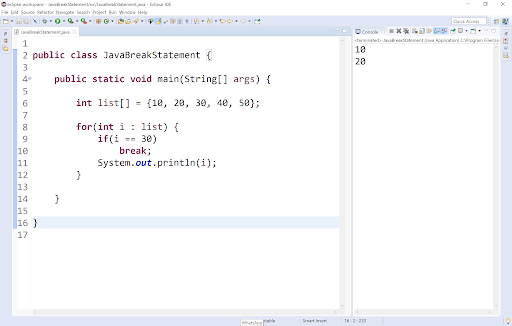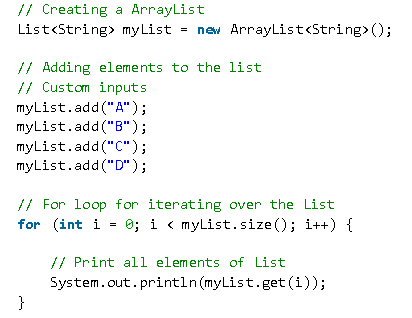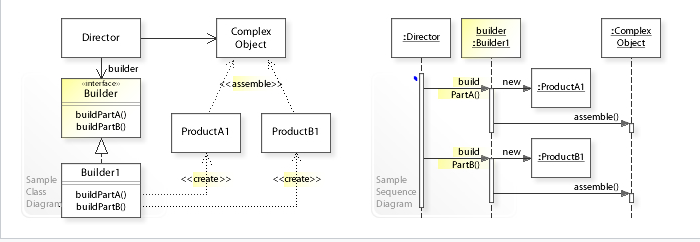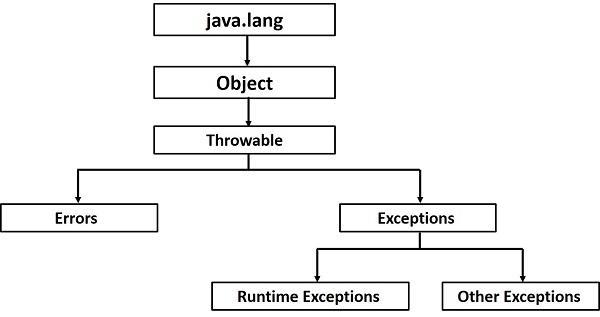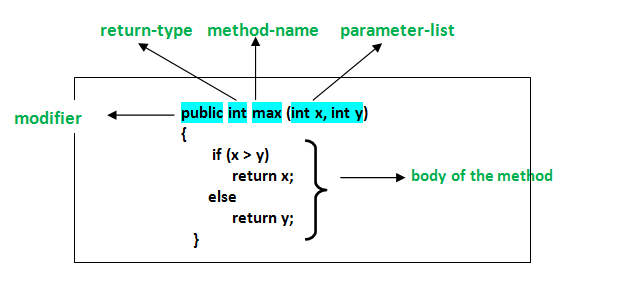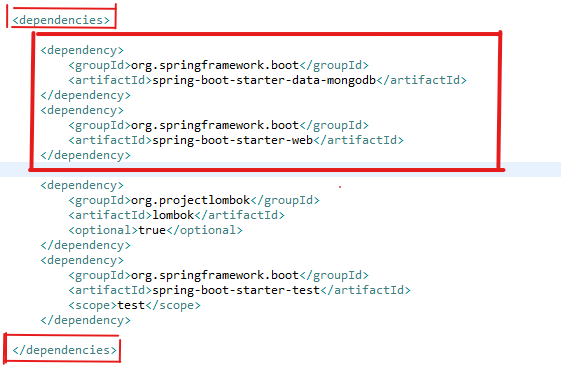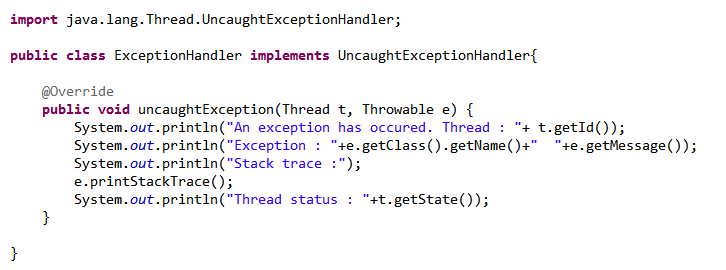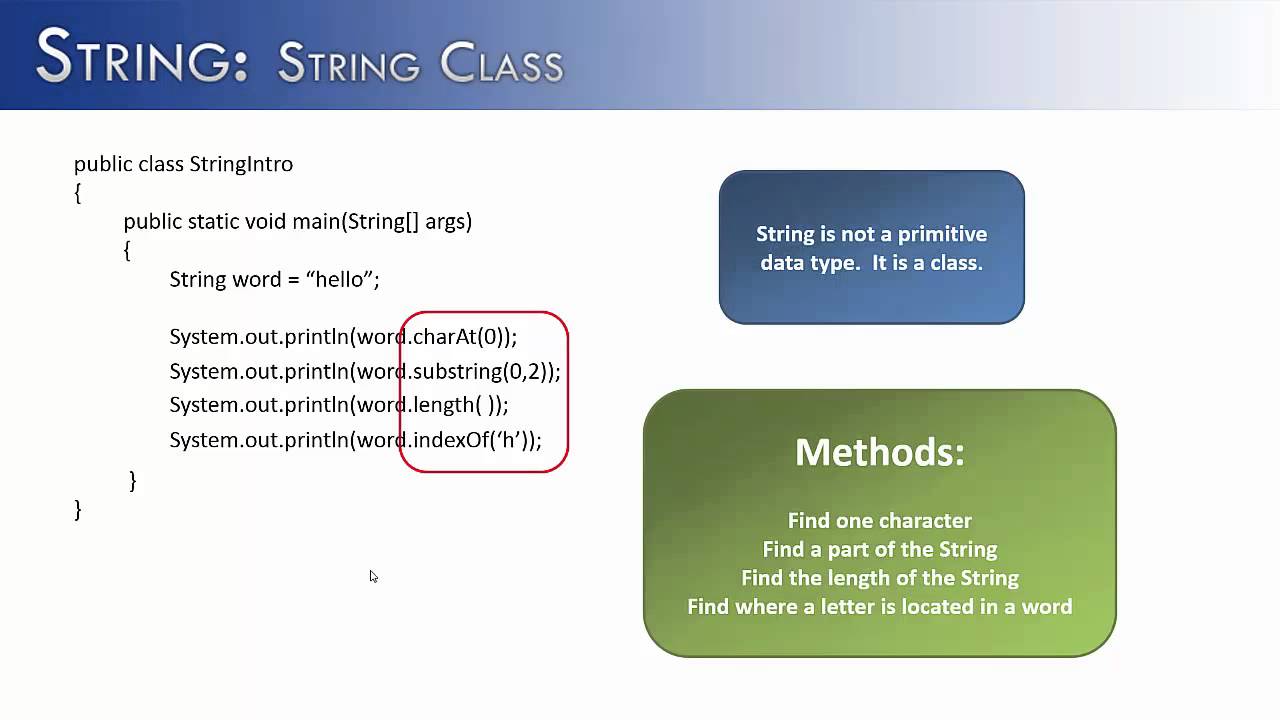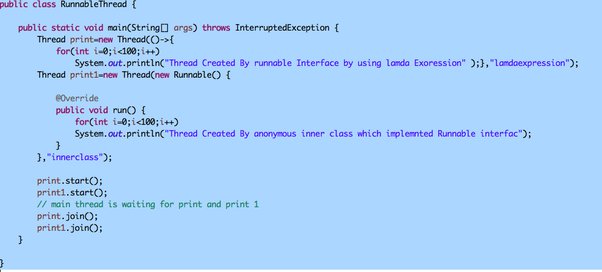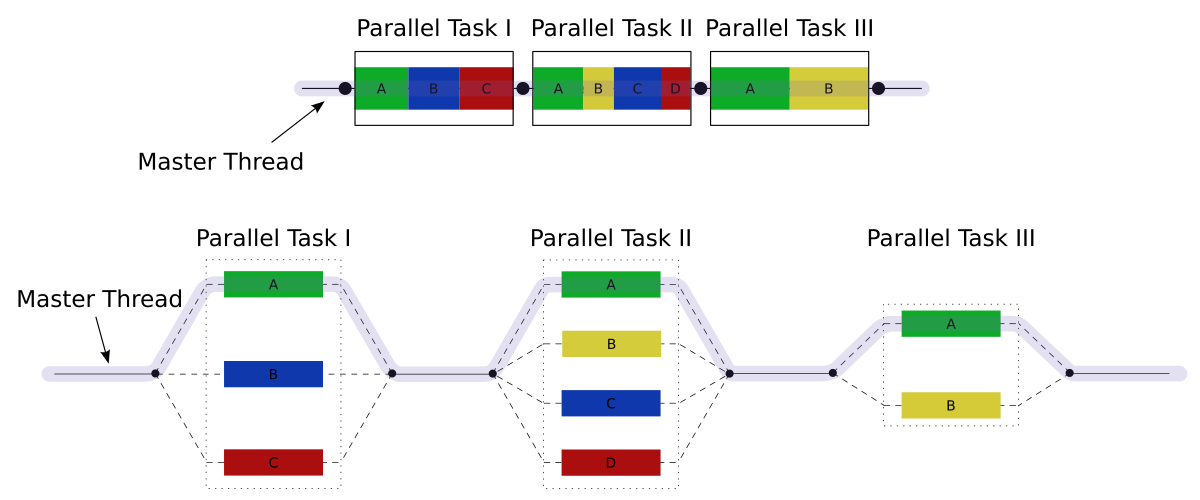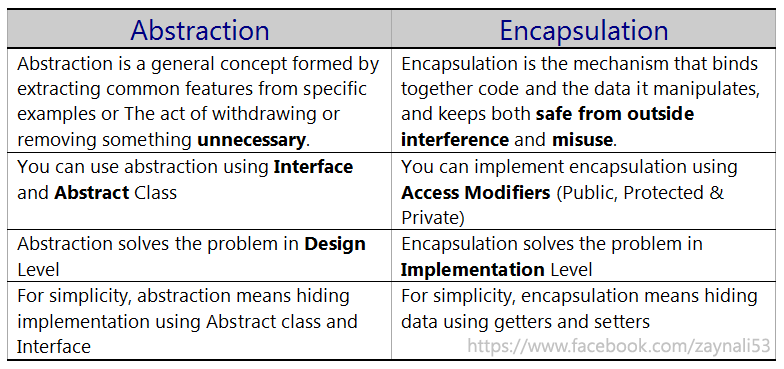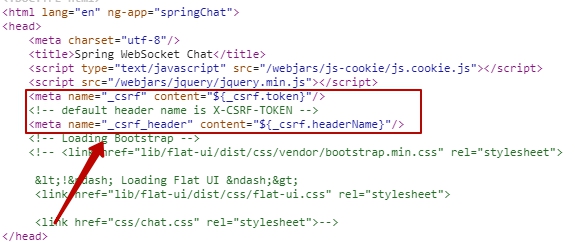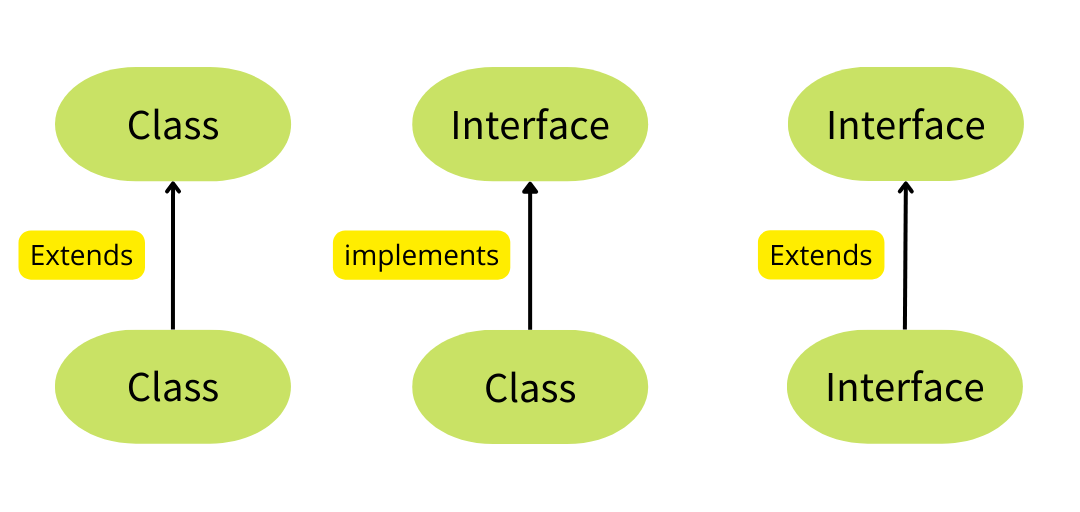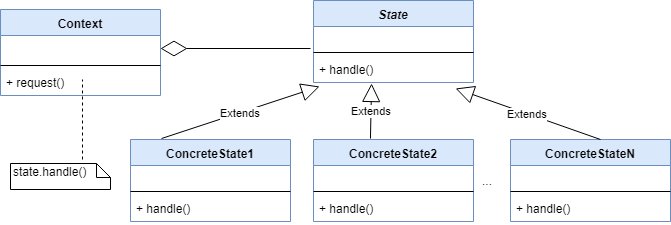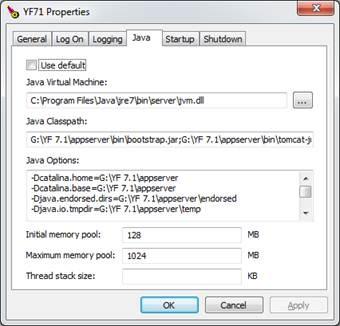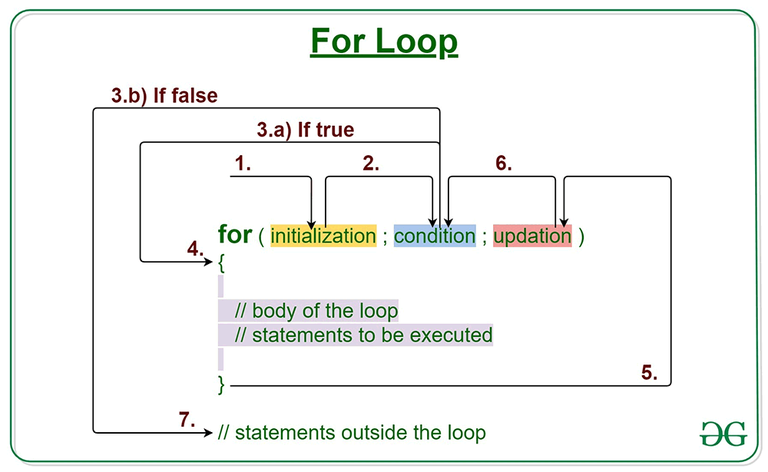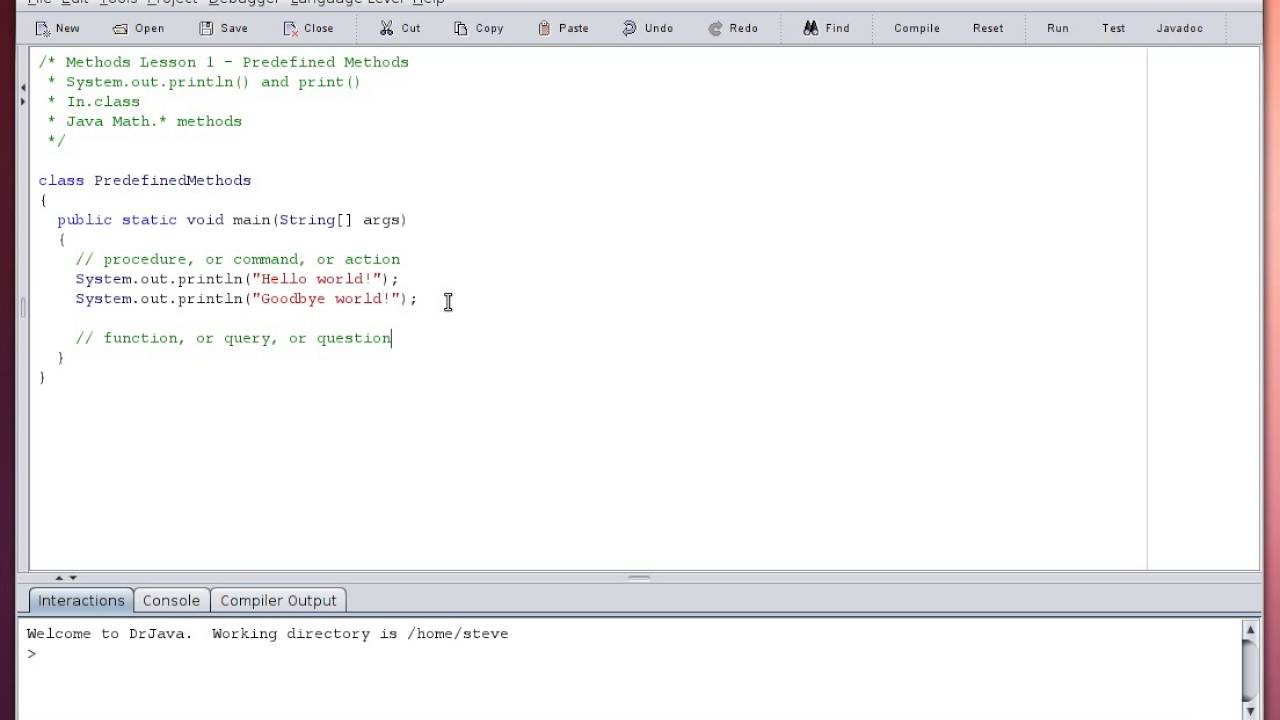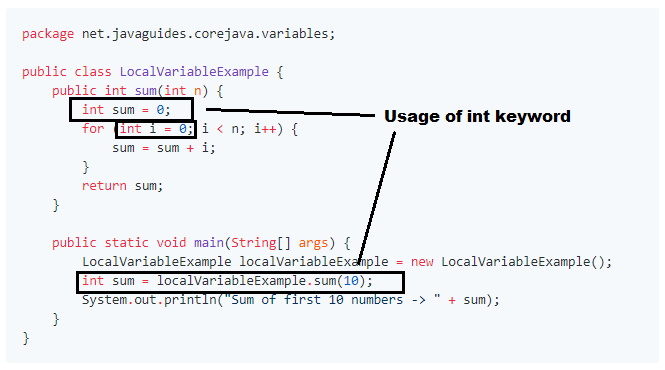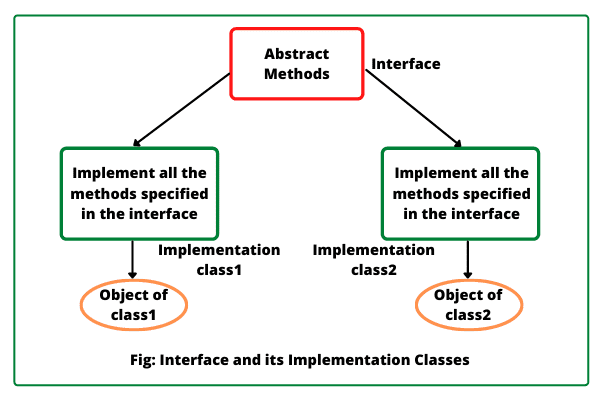How to access list elements in Java
How to access list elements in Java
I'd be happy to explain how to access list elements in Java!
In Java, lists are a type of data structure that can store a collection of objects. There are several types of lists available, including ArrayList, LinkedList, and Vector. Each list has its own characteristics, such as whether it is implemented using a array or linked nodes, which affects how you access elements.
Here are the basic methods to access list elements in Java:
Index-based Access: This is the most common method of accessing list elements. You can use the index of the element you want to access to get its value. For example:List myList = new ArrayList<>();
myList.add("Hello");
myList.add("World");
String firstElement = myList.get(0); // returns "Hello"
String secondElement = myList.get(1); // returns "World"
The get() method takes an index as a parameter and returns the element at that position.
List myList = new ArrayList<>();
myList.add("Hello");
myList.add("World");
Iterator iterator = myList.iterator();
while (iterator.hasNext()) {
String element = iterator.next();
System.out.println(element);
}
The hasNext() method checks if there is another element in the list, and the next() method returns the next element.
List interface provides several methods that allow you to access elements, such as: set(int index, E element): sets the element at a given index. add(int index, E element): adds an element at a given index (will shift existing elements). remove(int index): removes the element at a given index.
For example:
List myList = new ArrayList<>();
myList.add("Hello");
myList.add("World");
String firstElement = myList.set(0, "Goodbye"); // returns "Hello" and sets the first element to "Goodbye"
Note that these methods modify the list, so you should be careful when using them.
Sublist: If you need to access a subset of elements in a list, you can use thesubList() method.
List myList = new ArrayList<>();
myList.add("Hello");
myList.add("World");
myList.add("Java");
List subList = myList.subList(1, 2); // returns a sublist containing "World"
The subList() method takes the start and end indices (inclusive) of the subset you want to access.
In conclusion, accessing list elements in Java is straightforward using the various methods provided by the List interface. You can use index-based access, iterators, or the list interface methods to get or set elements in a list.
How does size() work in Java?
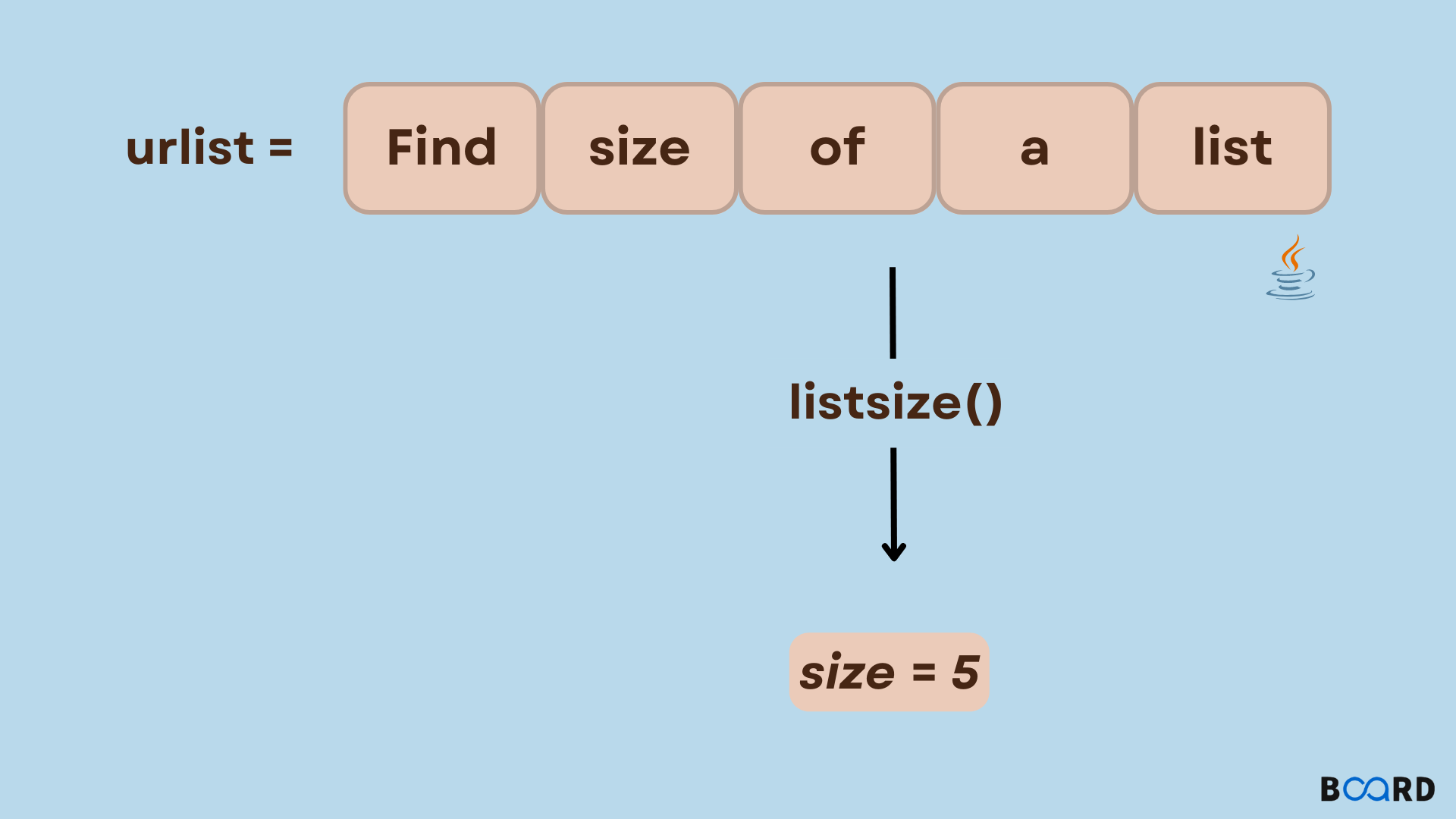
I'm happy to explain how the size() method works in Java!
In Java, size() is a method that returns the number of elements or items in a collection, such as an array, list, set, map, or queue. This method is typically used to determine the size or cardinality of a data structure.
Let's explore how size() works in various Java collections:
size() returns the number of elements stored in the list. When you add or remove elements from the list, the size changes accordingly. LinkedList: For LinkedLists, size() also returns the number of elements in the list. However, because Linked Lists store elements in a sequence of nodes, size() can be slightly slower than for ArrayLists. HashSet, HashMap, and TreeSet: In sets and maps, size() returns the number of unique elements (keys or values) stored in the collection. Because these data structures are optimized for fast lookup and insertion operations, size() is generally quite efficient. Queue and Deque: For queues and deques (double-ended queues), size() returns the number of elements waiting to be processed.
Here's a simple example of using size() in Java:
import java.util.ArrayList;
public class SizeExample {
public static void main(String[] args) {
ArrayList myList = new ArrayList<>();
myList.add("Apple");
myList.add("Banana");
myList.add("Cherry");
System.out.println("Size of the list: " + myList.size()); // Output: 3
myList.remove(1); // Remove the second element (Banana)
System.out.println("Size of the list after removal: " + myList.size()); // Output: 2
}
}
In this example, we create an ArrayList myList and add three elements to it. We then print the size of the list using size(). After removing one element from the list, we print the new size.
When you call size() on a collection in Java, the method returns the number of elements currently stored in that collection. This is useful for determining the scope or cardinality of your data structures, allowing you to make decisions about what operations to perform and when to optimize your code.
I hope this explanation helps you understand how size() works in Java!
